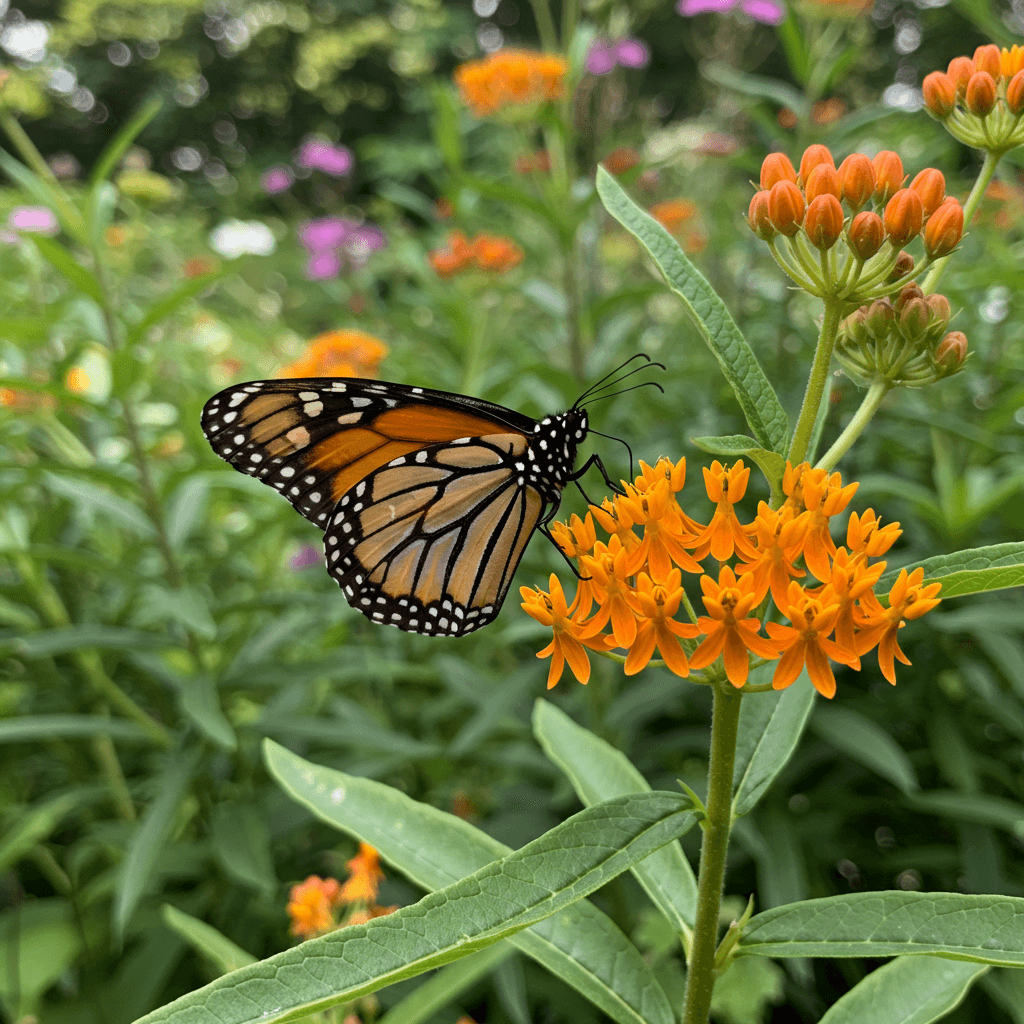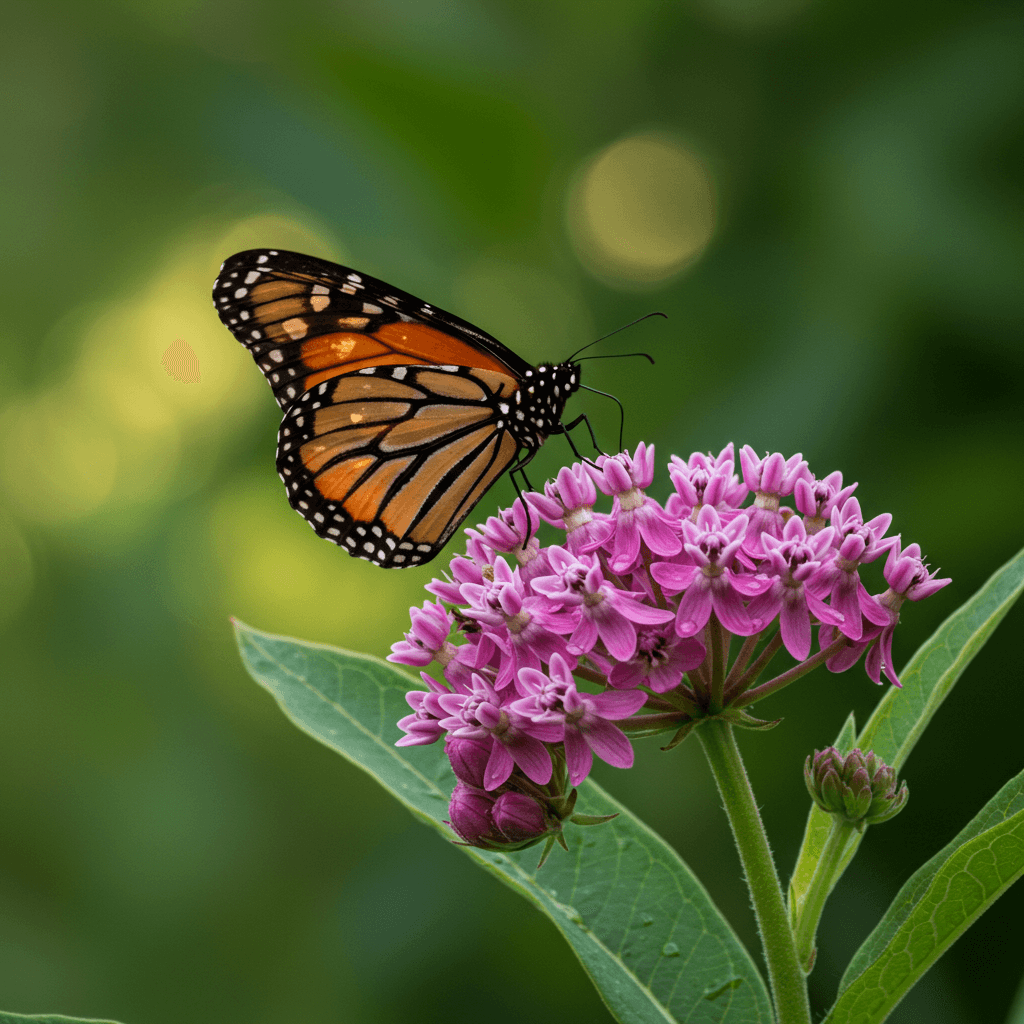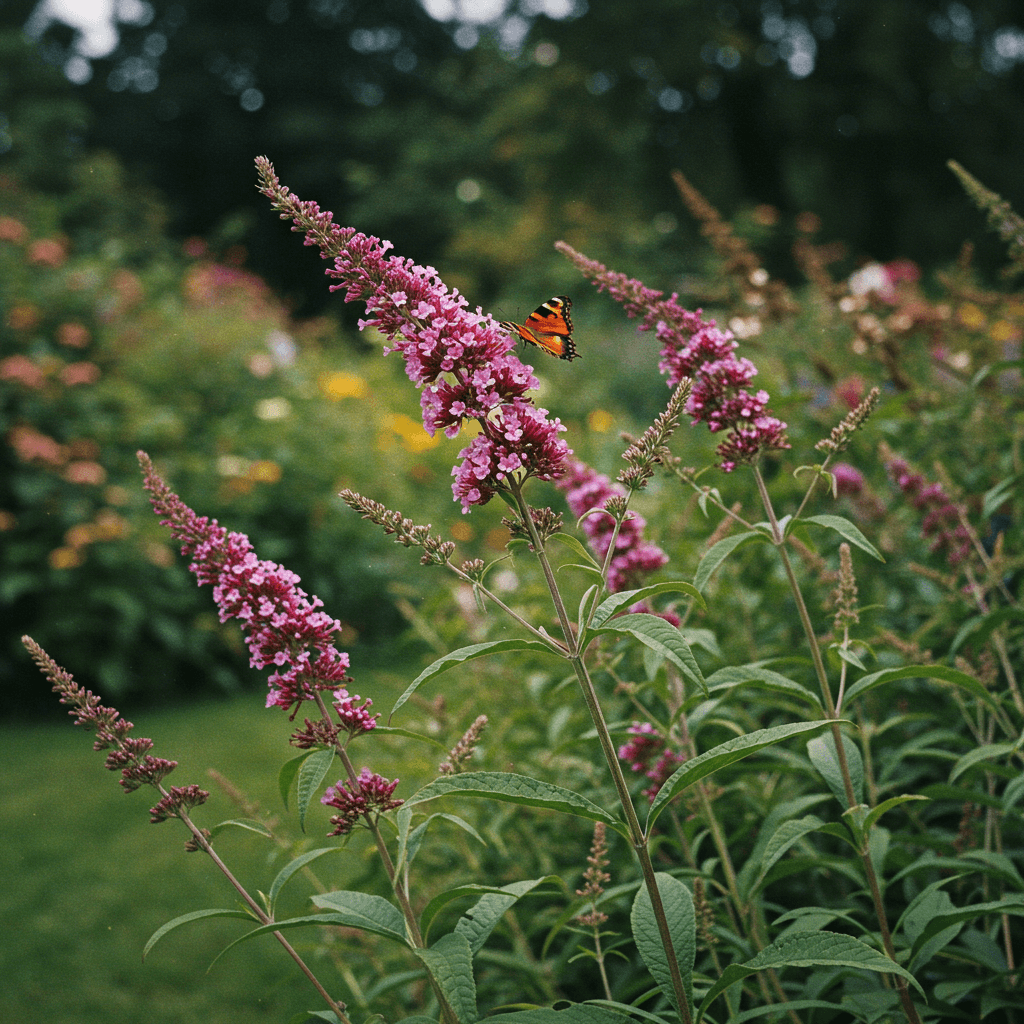Butterflies are not just beautiful to watch; they also play a vital role in pollination, helping plants reproduce and ensuring a healthy garden ecosystem. If you want to create an outdoor butterfly-friendly space, choosing the right plants and caring for them properly is essential. In this guide, we will cover everything you need to know about butterfly plant care outdoor, including the best plants to grow, how to maintain them, and how to attract more butterflies to your garden.
Why Butterfly Plants Are Essential for Your Garden
The Role of Butterfly Plants in Outdoor Gardens
Butterflies help transfer pollen between flowers, aiding in fertilization and seed production. This process is crucial for biodiversity, ensuring that plants can produce fruits, vegetables, and seeds for future generations. By growing butterfly plants, you support not just butterflies but also bees and other pollinators.
Benefits of Outdoor Butterfly Plant Care
- Enhances biodiversity and promotes a healthy ecosystem.
- Increases flower and vegetable yields through better pollination.
- Adds beauty and movement to your garden.
- Provides a habitat for native butterfly species.
- Helps maintain the natural balance of the ecosystem by supporting various wildlife species.
- Creates an educational and enjoyable environment for families and nature lovers.
Best Native Butterfly Plants for Outdoor Gardening
Growing native plants that butterflies naturally prefer can significantly increase their presence in your garden. Some excellent butterfly-friendly plants include:
- Milkweed (Asclepias spp.) – Essential for monarch butterflies.
- Lantana (Lantana camara) – Attracts a variety of butterflies with its bright flowers.
- Coneflower (Echinacea purpurea) – Provides nectar and seed heads for food.
- Verbena (Verbena bonariensis) – A great plant for attracting butterflies all season.
- Butterfly Bush (Buddleia spp.) – A classic favorite among butterfly gardeners.
- Zinnias – Provide a rich nectar source throughout the growing season.
- Lavender – Loved by butterflies and adds fragrance to your garden.
- Asters – Late bloomers that sustain butterflies during fall migrations.
Choosing the Best Plants for Butterfly Plant Care Outdoor

Popular Butterfly Plants for Outdoor Growth
To ensure your garden is attractive to butterflies, choose nectar-rich plants that bloom throughout the seasons. Some of the best options include:
- Spring Bloomers: Phlox, Lilac, Bluebells
- Summer Bloomers: Zinnias, Marigolds, Lavender
- Fall Bloomers: Asters, Sedum, Goldenrod
USDA Hardiness Zones for Outdoor Butterfly Gardening
Understanding your USDA hardiness zone ensures you choose plants that can survive your local climate. For example:
- Zones 3-6: Coneflower, Milkweed, Asters
- Zones 7-10: Lantana, Passionflower, Pentas
Native vs. Non-Native Butterfly Plants for Outdoor Gardens
- Native plants: Support local butterfly species and require less maintenance.
- Non-native plants: Can attract butterflies but may require extra care and monitoring to prevent invasive behavior.
- Hybrid plants: Some hybrids offer vibrant blooms but may lack nectar essential for butterflies.
Read More :
Essential Butterfly Plant Care Outdoor Tips

Sunlight Requirements for a Thriving Butterfly Garden
Most butterfly plant care outdoor requires full sun (6-8 hours of sunlight per day). Choose a location with plenty of direct sunlight to ensure strong flowering and nectar production. Partial shade may be suitable for some plants but can reduce the number of butterflies visiting your garden.
Soil and Fertilizer Needs for Outdoor Butterfly Plants
- Soil: Well-draining soil is crucial for butterfly plants. Sandy or loamy soil works best.
- Fertilizer: Use organic compost or a balanced 10-10-10 fertilizer every few weeks to encourage blooming.
- pH Levels: Aim for a neutral to slightly acidic soil pH between 6.0 and 7.0.
- Avoid over-fertilization: Excess fertilizer can promote leaf growth at the expense of flowers.
Proper Watering Techniques for Outdoor Butterfly Plants
- Water deeply but infrequently to encourage strong root growth.
- Avoid overwatering, as soggy soil can lead to root rot.
- Water in the morning to prevent fungal diseases.
- Use a soaker hose to water at the root level and prevent water from splashing onto leaves.
Mulching and Weed Control for Butterfly Gardens
Applying a 2-3 inch layer of mulch around plants helps retain moisture, suppress weeds, and regulate soil temperature. Use organic mulch like bark, straw, or leaf litter.
For more detailed tips on caring for your Butterfly Plant Care Outdoor check out this comprehensive guide
Conclusion
Creating a butterfly-friendly outdoor garden is a rewarding experience that benefits both your garden and the environment. By choosing the right plants, providing proper care, and creating a safe space, you can attract beautiful butterflies while helping to sustain their populations. Follow these butterfly plant care outdoor tips, and soon, your garden will be filled with vibrant blooms and fluttering wings!
FAQs About Butterfly Plant Care
What are the best plants to attract butterflies?
Milkweed, Lantana, Coneflower, Butterfly Bush, and Verbena.
How often should I water butterfly plants?
Once or twice a week, ensuring soil is moist but not soggy.
Do butterfly gardens require special fertilizers?
Organic compost or a balanced 10-10-10 fertilizer works best.
How can I attract more butterflies to my garden?
Plant nectar-rich flowers, provide water sources, and create sunny basking spots.
Can I use pesticides in a butterfly garden?
Avoid chemical pesticides; use natural alternatives like neem oil.
How do I create a butterfly-friendly habitat?
Plant host and nectar plants, avoid strong winds, and provide shelter.
What time of year should I plant butterfly plants?
Spring and early summer are ideal for planting.
Can butterfly plants survive in containers?
Yes, many, like Lantana and Verbena, thrive in pots with proper care.
Do butterflies prefer certain flower colors?
Bright colors like red, orange, pink, and purple attract butterflies.
How can I make my butterfly garden last all year?
Plant a mix of seasonal bloomers and leave dried stems for overwintering.
Why are butterflies important for my garden’s ecosystem?
They assist in pollination, boosting plant health and biodiversity.
How do I protect my butterfly plants from extreme weather conditions?
Use mulch, windbreaks, and cover delicate plants during frost.
What types of butterflies will my garden attract?
Monarchs, Swallowtails, Painted Ladies, and Skippers, depending on your location.
How can I encourage butterfly larvae to grow safely in my garden?
Provide host plants like Milkweed and avoid using pesticides.
Do butterflies need water, and how can I provide it?
Yes, offer shallow water dishes or create a mud puddle.
Can butterfly plants attract bees and other pollinators too?
Yes, many nectar plants also attract bees and hummingbirds.
How do I prevent invasive plants from taking over my butterfly garden?
Regularly prune and remove aggressive plant species.
Do butterflies prefer single or clustered flowers?
Clustered flowers make feeding easier and attract more butterflies.
How long does it take for butterfly plants to bloom?
Depending on the species, 6-12 weeks after planting.
What should I do if I don’t see butterflies in my garden?
Increase plant variety, reduce pesticide use, and ensure sunny, sheltered areas.

